Table of Contents
Week 5: E-Textiles and Wearables I
Assignment 1: LED Circuit
Playing with Blink
This is my first time using Arduino, so i started testing and playing with a basic example.
The code that appears is this:
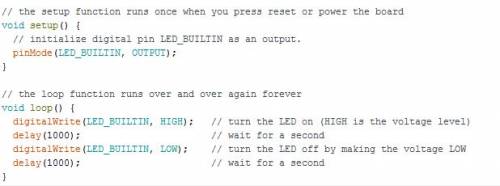
In order to make a modification, I included a second LED and I modified the code:
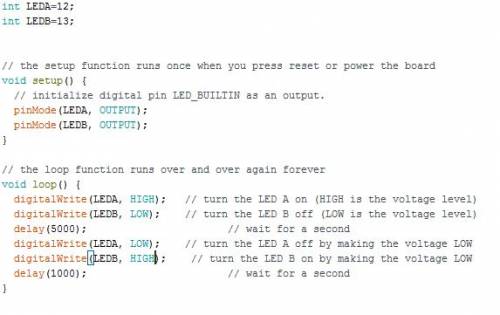
And I tested it on a breadboard:
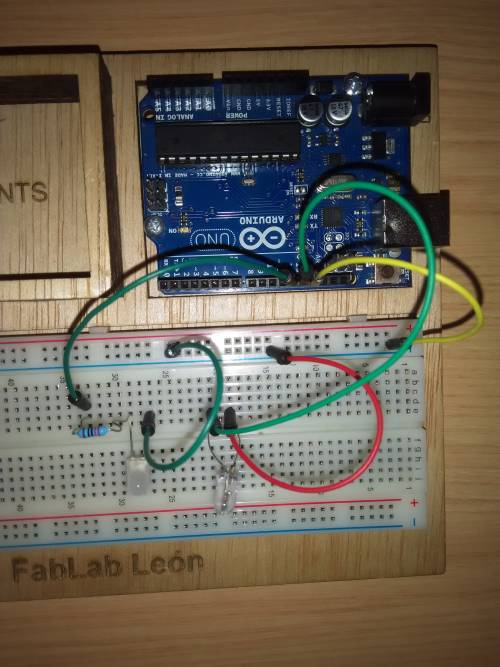
It´s a just an easy modification, when Led A is on, Led B is off and viceversa.
ATtiny Programming
To get the ATtiny software:
1. File > preferences > Aditional boards url > add:
2. Tools > Board > Board Manager
Then we look for ATtiny and install it.
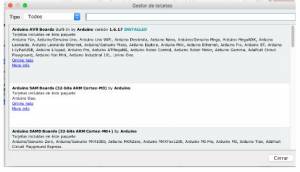

3. Then in Tools > Boards have to appear the ATtiny.
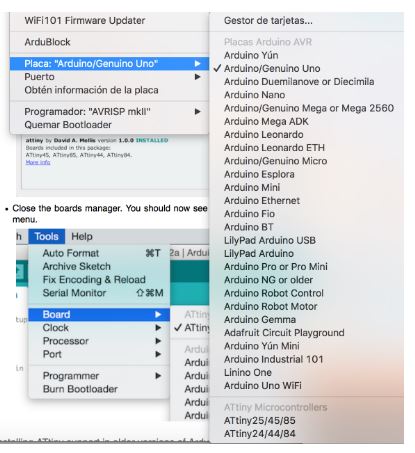
Now we have the software to use our arduino as a programmer for our ATtiny. To do that we have to know what are the different pins of the ATtiny, to programm it using ISP.

In Kobakant there is a fantastic schematic for conecting Attiny to our arduino.
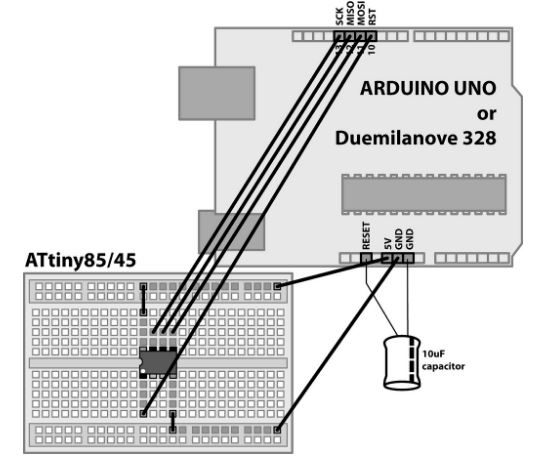
Tip: We need to put a 10mF capacitor between reset and GND to avoid the reset procedure.
Programming the ATtiny45 or ATtiny85:
- Select “ATtiny45 (8 MHz)” from the “Tools > Board” menu
- Select “Arduino as ISP“ from the “Tools > Programmer” men
- Open the sketch you want to upload to the ATtiny
- Upload sketch
I use again the blink code to test how th Attiny works. I changed pin 13 for 0:
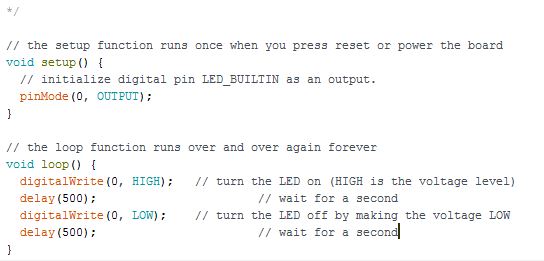
And using the schematic to see the conection of the led to the AT, I put it in the bread board:
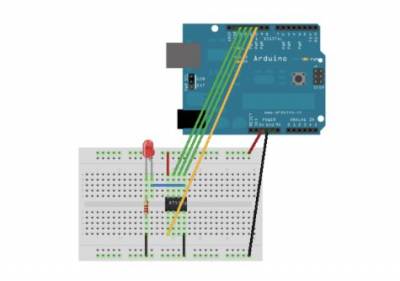
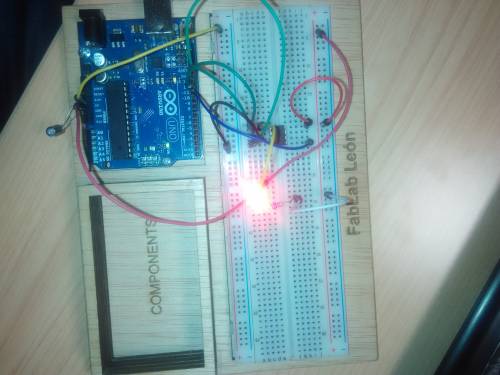
All this process was possible with the help of Kobakant and the tutorial to do it, and the tips of High Low Tech. Here I write the sources:
Assignment 2: ATtiny Circuit
Making my textile sensor:
Actually this was a fail, because I used wrong materials to make it. My idea was to replicate the Bonded Bend Sensor that Kobakant shows ih their web.
Materials:
- cotton fabric
- Eeontex Stretch Fabric
- Silver stretch conductive fabric
- Fabric Glue (the key of the fail!)
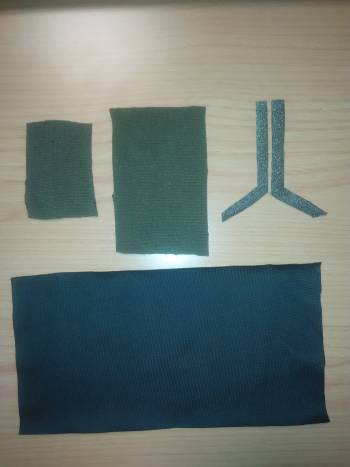
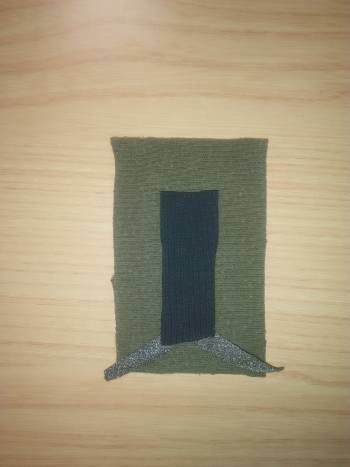
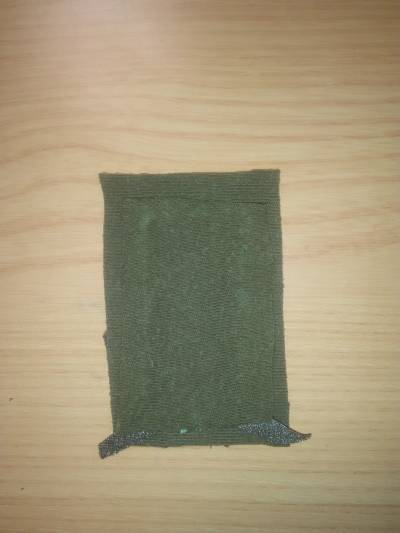
I don´t know if the fabrics glue just “melts” the fibers to paste them, or it´s simply that it acts as insulation, but when I measured with the multimeter, the sensor had a lot of resistance, and when i strecthed it that only decreases a little bit. I thought the glue could be a good alternative to the heat bond adhesive that appears in Kobakant, but obviously that was a very bad solution.
Making my textile sensor (Part II)
In this case I made a simple pressure sensor using:
- Velostat
- felt
- aluminium sheet
- adhesive copper sheet